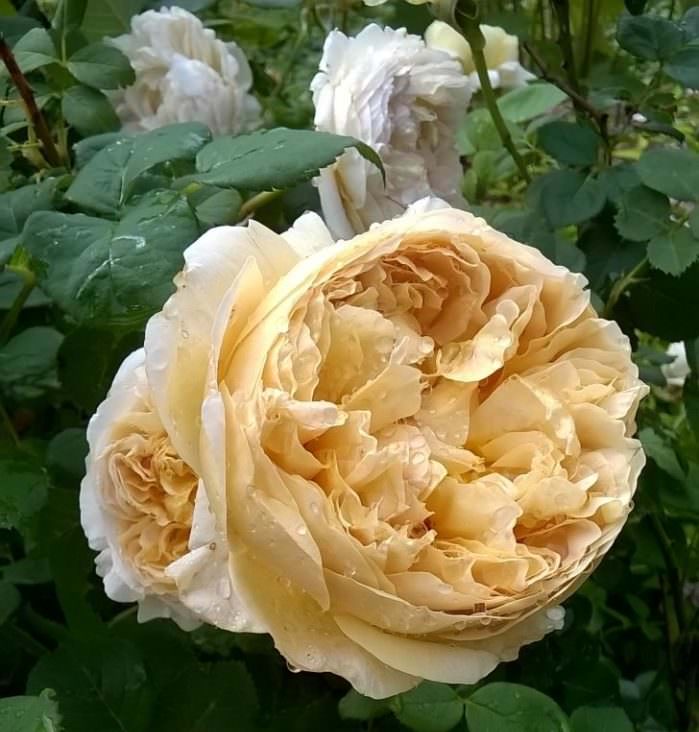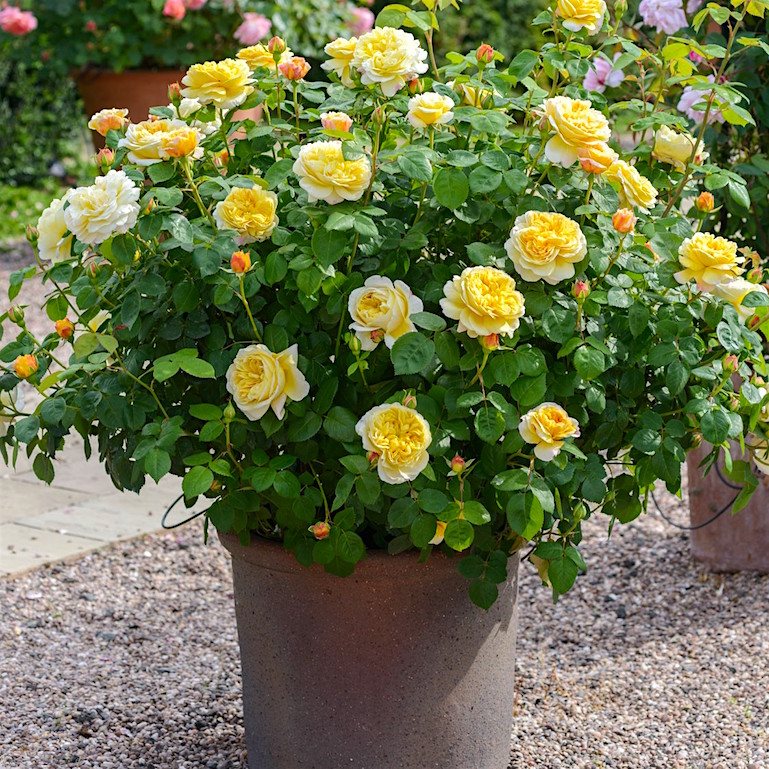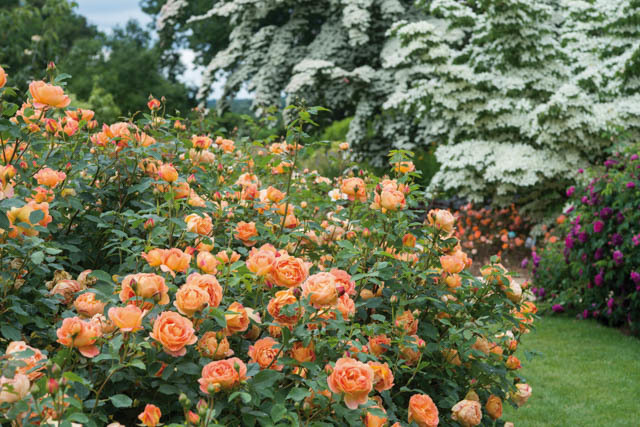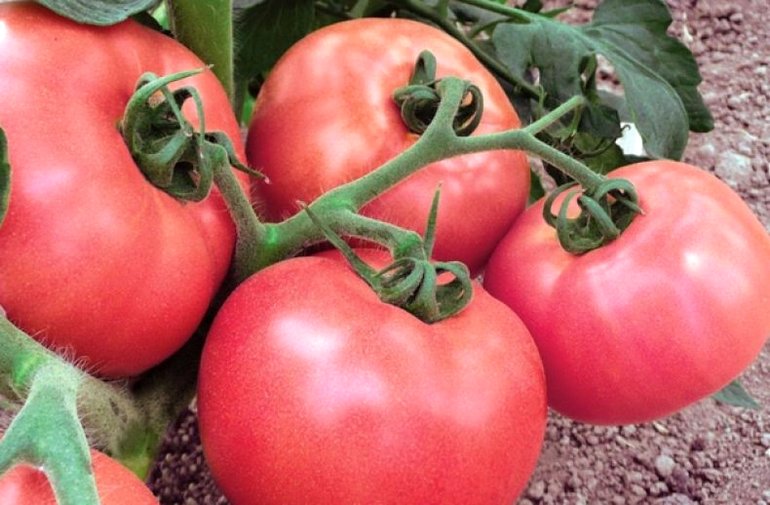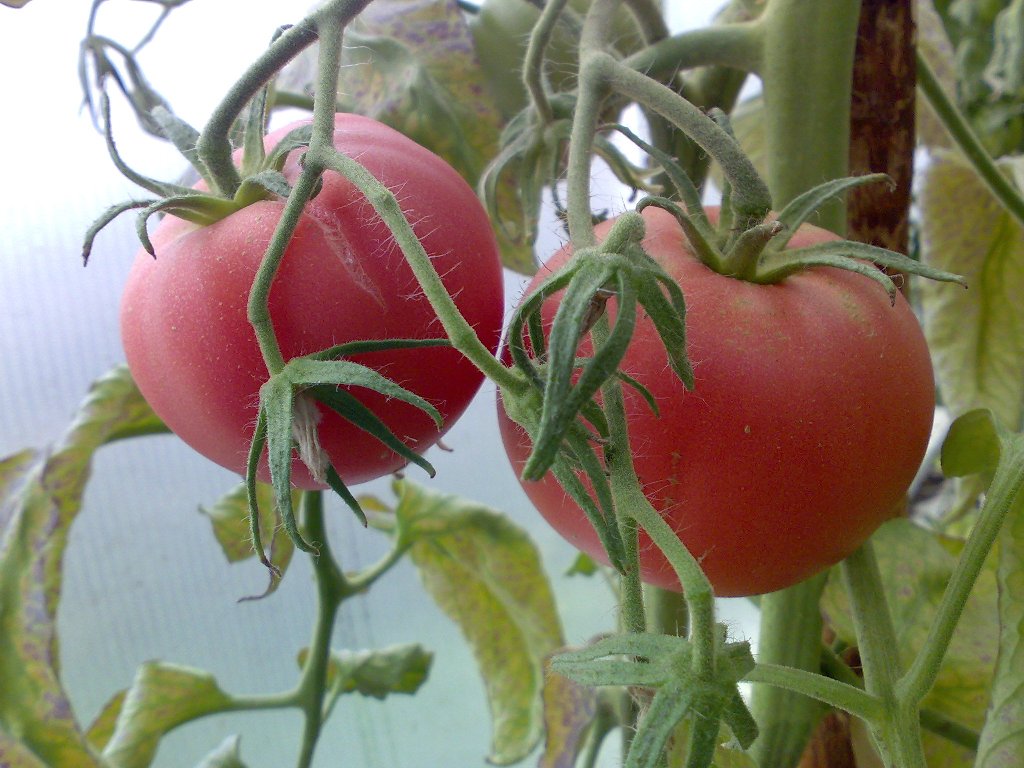Content:
In the magical world of roses, English women occupy a special place - a relatively new group of varieties with large cupped flowers. Rose Charles Darwin is loved by gardeners, she is willingly grown, since, in fact, she has no shortcomings.
General characteristics of English roses
English roses appeared on the world market at the turn of the 60-70s. XX century. Originator - David Austin (Ostin) Rose, England. The variety combines tradition and new, fashionable trends. Austin roses were obtained by crossing two popular species, inherited their best qualities from their parents - harmony, beauty of flowers, their aroma from the former, a wide range of colors from the latter. They belong to scrubs - tall, spreading bushes with graceful drooping branches, strewn with lush roses.
Varietal characteristics of the rose Charles Darwin
Austin rose varieties differ only in color. They are characterized by:
- bush height 1-2 m;
- leafing is high, with high decorative qualities;
- the root system is powerful, deep;
- shade tolerance;
- even distribution of buds;
- good winter hardiness - up to −29 ° С.
Characteristics of the bush rose Charles Darwin:
- flower diameter 14-16 cm;
- medium-sized leaves, green with gloss;
- the size of the bush is 1.1-1.2 m in diameter and height;
- rich aroma;
- long flowering in two waves;
- a small number of thorns;
- high resistance to disease.
Flower description:
- shape from spherical to cupped;
- the degree of terry is high, about 110 petals;
- the aroma is dominated by tea or lemon notes.
Features of agricultural technology
The landing site is open, well-ventilated, without drafts. In temperate latitudes, the bushes are located in sunny areas, in the south - with shade during the hottest part of the day. The location of groundwater is not higher than 1 m.
Soil requirements:
- Chernozem or loam with the addition of additives that contribute to its loosening and increasing fertility (compost, humus).
- The pH is 6-6.5. Peat and manure are used for acidification. Excessively acidic soil is treated with dolomite flour, ash or lime.
Landing nuances:
- The depth of the planting pit is at least 70 cm, because the root system of the plant is deep, up to 1 m. The thickness of the drainage layer is at least 10 cm. Next comes a ten-centimeter layer of organic matter - compost, rotted manure or humus. The excavated soil is mixed with rotted manure.
- The roots of the seedling are dipped in a clay mash just before planting.
- The root collar is lowered below the ground level by 3 cm so that new shoots grow above the graft.
- The fertile mixture is poured gradually, thickening it.
- Planting is completed with abundant watering. The required amount of substrate is poured onto the settled ground, mulched with peat.
Charles Darwin is a rose that needs care. For the first year after planting, flowering is limited by removing the forming buds until August. By the end of summer, 1 or 2 flowers are left on each branch, which are not cut off after flowering, but are allowed to set and ripen. This solution allows the seedling to mature successfully, to please it with abundant flowering for the next season.
Pruning is carried out in several stages. In the spring, as soon as the buds begin to swell, the frozen shoots are removed and a bush is formed. In summer, faded shoots are cut off. In the fall, the bush is freed from thickening shoots and diseased branches.
Shelter for the winter is needed only in areas with severe winters.
Reproduction methods - cuttings or layering. When dividing a bush, there is a risk of wild growth, in addition, the variety does not relate well to transplants.
Advantages and disadvantages
Features of the variety are essentially a list of advantages. The disadvantages include damage to the corolla during prolonged rains, the need for close attention to the young, rapidly growing shoots.
The variety is used with pleasure in summer cottages, in urban landscaping. Quite unpretentious in content, it serves as an excellent decoration of the territory in solo or group planting.
